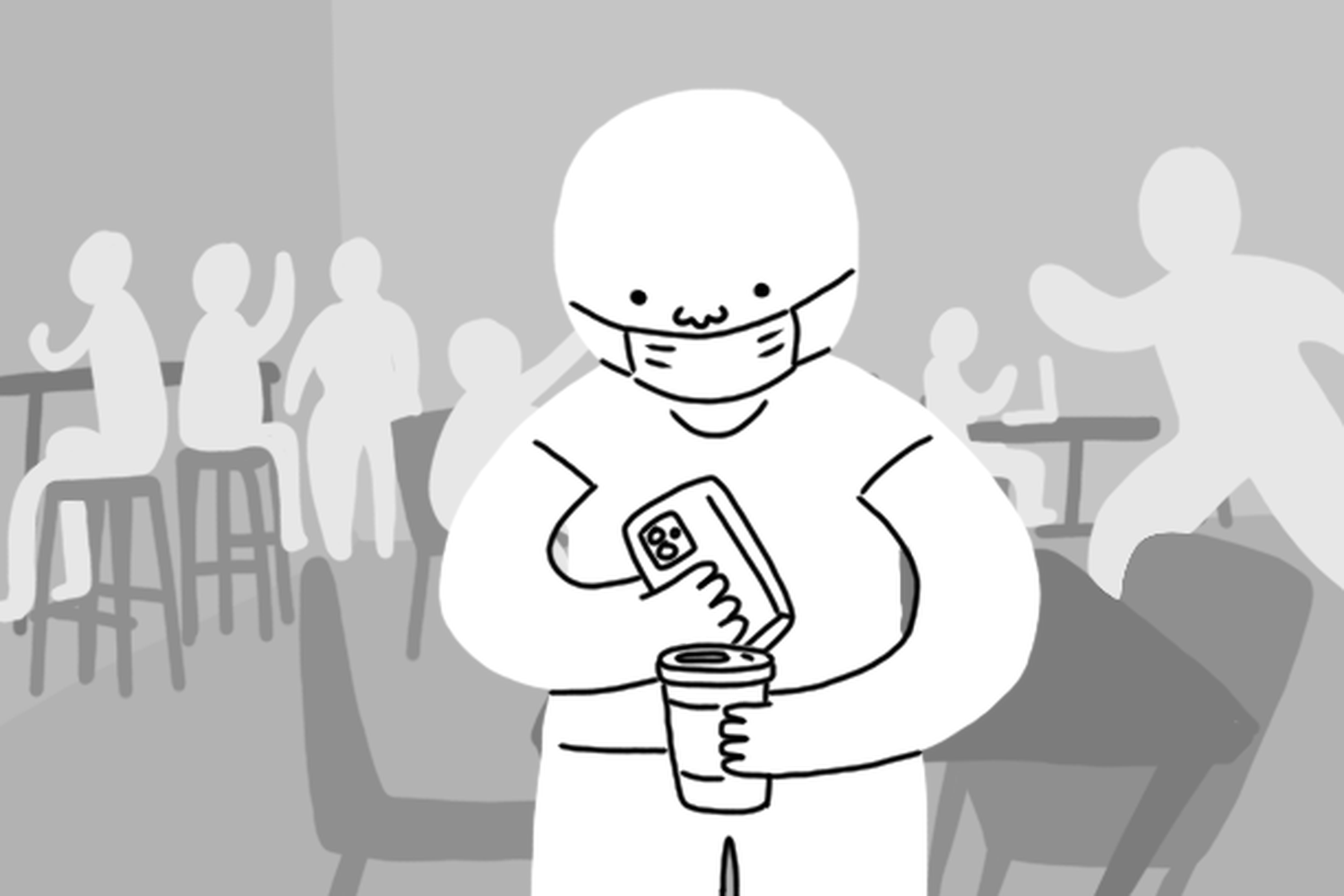
Improperly worn face masks are an unfortunately common sight, everywhere from the Lewis & Clark residence halls to grocery stores to various modes of transportation. It is not at all unusual to see a person wearing their mask below their nose, or even pulled below their chin, while indoors. Whether masks being worn wrong are a misunderstanding of how masks work, a genuine mistake or a deliberate attempt to rebel against mask mandates, it always creates a health hazard when people do not wear their masks properly.
LC has recognized the importance of masks being worn properly since their first mask mandates were introduced. From email reminders to posters in the residence hall bathrooms, the importance of masks in reducing the spread of COVID-19 has been clearly communicated. This semester, mask mandates have even changed to require that LC students, faculty and staff must wear KN95, N95 or better masks in order to prevent the spread of the highly contagious Omicron variant. The college is not alone in continuing to enforce mask-wearing either; Oregon law requires masks in all indoor spaces regardless of vaccination status. So why are we still seeing people with masks below their noses, both on campus and off?
I have tried to grapple with why this phenomenon has persisted since the beginning of the pandemic. When mask mandates began to be enforced, it was both frustrating and concerning to see people wearing their masks improperly. However, at that stage, it was somewhat understandable; most people had never worn a face mask before. I could give them the benefit of the doubt that they really did not know how to wear them. I feel no such charity now. If people do not know how to cover their nose and mouth completely with a face covering two years into this pandemic, then I do not think they ever will, and that is seriously concerning.
At this point, I find it hard to believe that anyone does not realize that because COVID-19 is spread through respiratory droplets, the nose being exposed is just as dangerous as the mouth. In order to keep all those potentially infectious droplets away from others, the mask has to cover the mouth and nose completely.
Some mask slip ups must be chalked up to genuine mistakes. Perhaps some people do not feel or notice that their masks have fallen below their noses. People are not always thinking about their masks, especially when they are busy with other tasks. Additionally, some people are more likely to have mask slips when they are wearing masks of the wrong size for their face. These accidents must remind people to try to check in more often on their mask status, making sure they have full coverage, as well as try to find masks that fit them properly.
Mistakes and misunderstandings cannot account for all masking problems, though. I think at least some of the most improper mask techniques are exhibited by people who are deliberately going against masking policies. Though perhaps not entirely actively defiant in their approach, people who wear their masks improperly are demonstrating clear disrespect for the people around them. It is clear that many people, LC students included, are tired of strict masking policies. But when some people wear their masks improperly, they only make COVID-19 problems worse.
Good masking techniques are as important now as they ever have been to help keep people safe from COVID-19. Those who wear their masks improperly, whether intentionally or unintentionally, create an unhealthy, unsafe environment for the people around them.
Subscribe to the Mossy Log Newsletter
Stay up to date with the goings-on at Lewis & Clark! Get the top stories or your favorite section delivered to your inbox whenever we release a new issue.

Leave a Reply